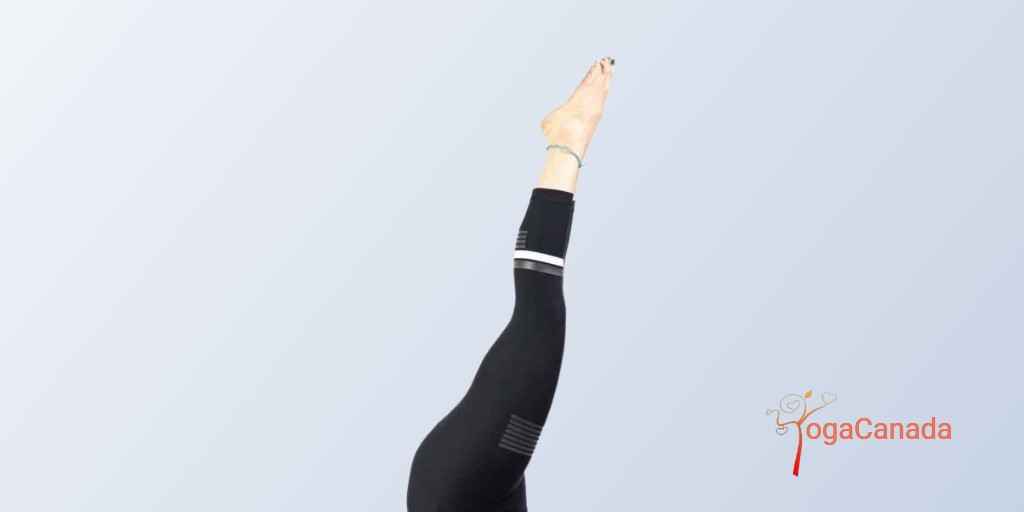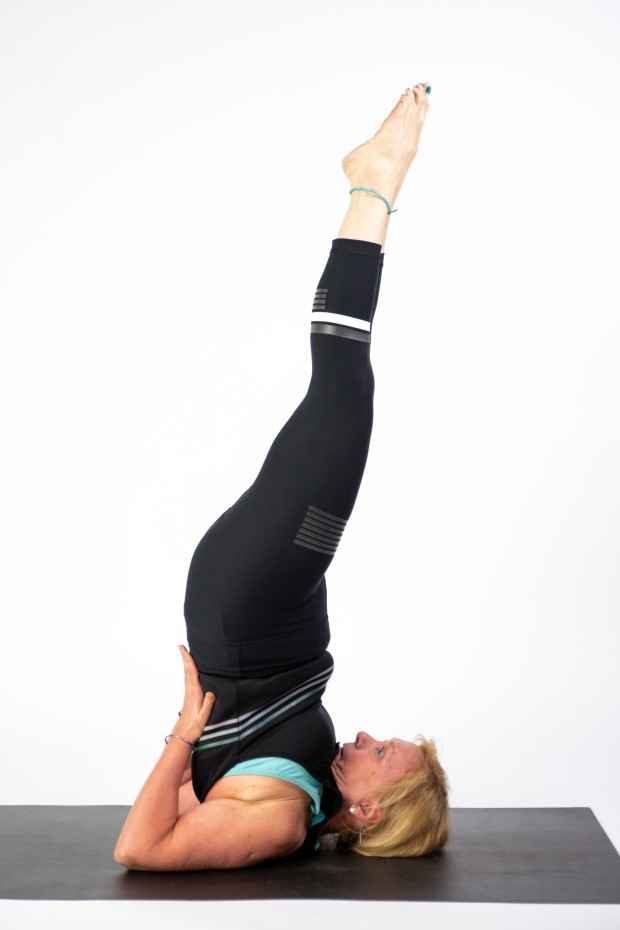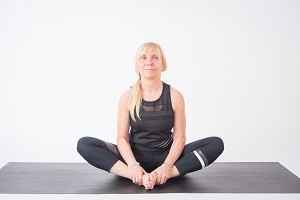Join our Mailing list!
Get all latest news, exclusive deals and academy updates.
This site uses cookies for analytics and to improve your experience. By clicking Accept, you consent to our use of cookies. Learn more in our privacy policy.

Share:
‘Sarva‘ means ‘Entire’
‘Anga‘ means ‘Body part’
‘Asana‘ means ‘Pose’
This is called the queen or mother of the asanas. It soothes and nourishes the whole body; every cell of the body becomes full of life. This makes the body vibrant.

Benefits
Anatomy
Strengthens back, shoulders and neck
Tones legs, hamstrings, and calf muscles ‘reversed blood flow’ (Great for Runners)
Improves digestion
Promote good blood pressure
Shoulderstand massages the thyroid gland
Third Eye Chakra
(Ajna Chakra)
Self-Reflection Identity, Intuition, and Clarity of Sight.
“I See Clarity.”
Throat Chakra
(Vishuddha Chakra)
Self-Expressive Identity, Communication, And Integrity.
“My Voice Matters.”
Solar Plexus Chakra
(Manipura)
Ego Identity, Personal Power, and Ambition.
“I’m Worthy.”
Steps
1. From the Corpse Pose, raise your legs up and bring it to 90 degrees, and remain here for a few breaths.
2. Inhale and raise the legs higher by placing the arms on the floor and supporting the lower back with the palms. Exhale completely and take the body higher in the pose.
3. Bring the chest close to the face and watch the breathing and as the body exhales stay there with every inhalation stretch the body upwards putting the shoulder firm on the floor.
4. The body stands now on the shoulders thus giving it the name Shoulderstand Pose or Sarvangasana. Using the abdominal strength stay longer to about 10 breaths and work on keeping the body light and loose.
5. To release, lower your legs slowly and with control, bringing them back down to the floor.
Cautions
it’s essential to approach it with caution, especially if you are a beginner or have certain health conditions. Here are some precautions and considerations for practicing the Shoulderstand yoga pose:
Neck Issues: Avoid Shoulderstand if you have any neck problems or injuries. Placing excessive pressure on the neck can lead to strain or injury. Always use a folded blanket or mat under your shoulders to provide extra support.
Blood Pressure: If you have high blood pressure, glaucoma, or any cardiovascular issues, consult with your healthcare provider before attempting Shoulderstand. Inverted poses can affect blood pressure, and individuals with certain conditions may need to modify or avoid them.
Menstruation: Women should avoid practicing Shoulderstand during menstruation, as the inversion can disrupt the natural flow of the menstrual cycle.
Pregnancy: Pregnant women, especially those in advanced stages, should avoid Shoulderstand. It’s essential to consult with a healthcare professional before attempting any inverted poses during pregnancy.
Eye Conditions: If you have eye issues like a detached retina, conjunctivitis, or other eye disorders, it’s advisable to avoid Shoulderstand as the increased pressure might exacerbate these conditions.
Spine Issues: Individuals with spine problems or recent injuries, such as herniated discs, should exercise caution and may need to modify the pose. Always listen to your body and avoid any pain or discomfort.
Inversion Experience: If you are new to inversions, it’s recommended to practice shoulderstand under the guidance of an experienced yoga instructor. Proper alignment is crucial to prevent injuries.
Pre-existing Medical Conditions: Individuals with specific medical conditions like thyroid disorders, asthma, or sinus problems should approach Shoulderstand with caution and may need modifications.
Warm-up: Ensure that your body is adequately warmed up before attempting Shoulderstand. Practice preparatory poses to prepare the shoulders, neck, and spine for the inversion.
Duration: Avoid holding Shoulderstand for an extended period, especially if you are a beginner. Gradually increase the duration as your strength and comfort level improve.
Need Help? Contact Us
Browsing history
Master Trainer
Nancy M.Sc, ERYT-500

I love connecting with great yogis. Being inspired by the teachings of renowned yogis, my passion for sharing the teachings of ancient science within modern practice is absolutely stunning.
Other Posts